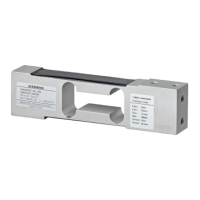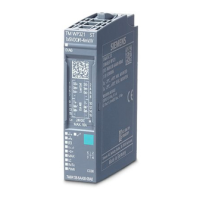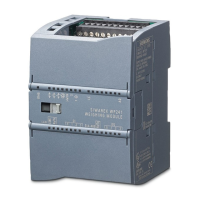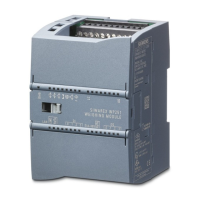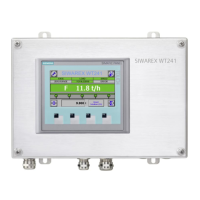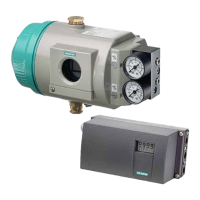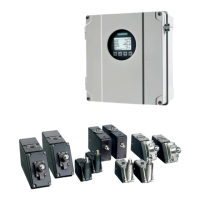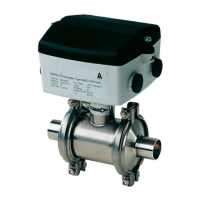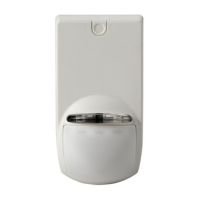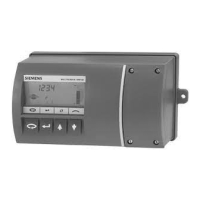Commissioning
6.2 Application planning
SIWAREX WL200
30 Operating Instructions, 07/2016, A5E02199611B-03
● Persons supporting themselves on or climbing onto the scale
● Wind against the leeward side of a silo
Dimensioning for overload
When step changes in load cannot be excluded during measuring, for example, due to
application of a load in free fall, you must take appropriate precautions to avoid damage to
the load cell, e.g. by using elastomer bearings or load cells dimensioned for higher rated
loads.
When dimensioning load cells, include a safety margin to guard against overloading:
● Use a safety margin of 20% in the case of three support points.
● If more than three support points are used in a statically indeterminate manner, the safety
margin must be a minimum of 50% if it is not possible to rule out a situation in which the
load rests on two diagonally opposite load cells only. Reasons for this include sinking of
the foundations or incorrect mounting.
● When calculating the safety margin, include unintentional overloads or overloading
caused by the course of the process, or use overload protection.
Overloads can also occur in the lifting direction when the force introducer is attached to the
load cell.
If there is a risk of the load bearing being lifted or toppled, lifting protection may be
necessary. This is required in the case of lightweight containers and tall, outdoor silos.
Mounting components and guide elements to counteract lateral forces, torsional and bending
moments
The load must be introduced in the measuring direction of the load cell. Torsional and
bending moments, eccentric loads and lateral forces are disturbances that on the one hand
falsify the measured result and on the other hand can damage the load cell if the permissible
limits are exceeded. Load cells must therefore be fitted with specially adapted mounting
components, e.g. with SIWAREX mounting parts. This largely prevents the above-mentioned
sources of error. The mounting components allow so much room for movement that heat
expansion will not result in lateral loading.
Lateral forces which are generated by wind, acceleration or conveyor friction can be diverted
by guide elements or stops.
Guide elements must be installed perpendicular to the measuring direction to ensure that no
force components are generated in the measuring direction. The guide elements must be
installed such that they do not stretch if, for example, the mounting points spread apart. This
is easily achieved by arranging the guide elements in the same direction of rotation.
Ensure that the selected guide elements comply with the principles applicable to weighing
technology.
Force bypasses must not arise due to filling and emptying devices or supply lines.
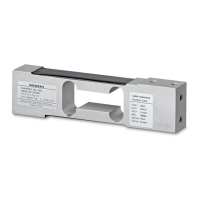
